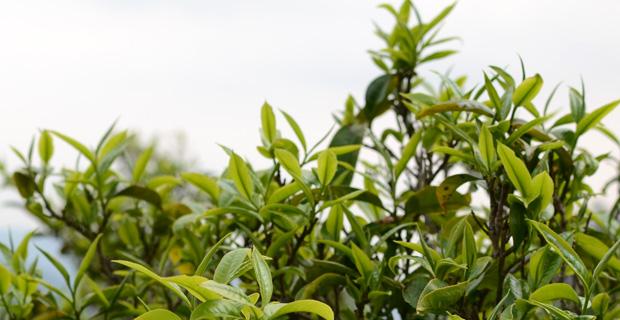Defining Puerh Tea and What is Considered Fake Tea
“Is my Puerh tea fake?” Frightened words uttered by more than a few tea drinkers. Fake Puerh tea has become an increasing concern for collectors worried about authenticity and safety in the past decade. Puerh tea’s rise from an inexpensive agricultural product to a widely sought after collectors item has also stoked the fires of the forgery community in China. With fake tea so prevalent in the marketplace, it is important for consumers to understand just what qualifies as fake Puerh tea and how to successfully avoid the fakes. By definition, Puerh tea must come from Yunnan province. One common way to fake Puerh tea is to use teas from another region, which are less expensive to purchase. Teas from neighboring countries and provinces such as Myanmar, Vietnam, Guangxi, and Laos are common substitutes. The lower priced teas from nearby mean an increased profit margin for the forger. A recent scandal in Guangdong used tea from Hunan as a forgery, earning a tidy profit for the crooks before local authorities nabbed them.Common Examples of Fake Puerh Tea
Puerh tea can be faked is by forging fake wrappers and duping the unwitting consumer into thinking they are buying a famous brand. Famous brands have collectible value, whereas a knockoff has very little value. Knockoffs usually (but not always) use inferior quality tea. For tea drinkers interested in collecting famous productions, this can be a big hazard. Remember, teas with an illogical price tag are often fake. Tea is just like any good, you get what you pay for. Just like the $10 “Rolex” watches getting peddled on the street, if the prices are fishy, so are the goods.
Aged Teas and Seasons
Inaccurate age or season representation is another way that Puerh tea can be faked. In some cases vendors will use less expensive tea from summer or fall and market it as spring tea, which commands a higher price and is usually higher quality. In addition to this, the age of Puerh tea is often misrepresented, both intentionally and unintentionally. With older productions of Puerh tea from the 1990’s and earlier completely lacking any date stamping, it can be very difficult to authenticate the exact production date of a given tea. Even for our White2tea collection, with certain teas it is nearly impossible to nail down the exact production date of some teas. Most aged teas have change hands many times by the time they are 15 years old, so authenticating the exact origin becomes like a game of telephone, asking what one vendor heard from another. To avoid confusion, focus on the quality of the tea rather than the date or season. It is better to buy a tea you enjoy for its character than a tea with a 30-year-old age claim.

